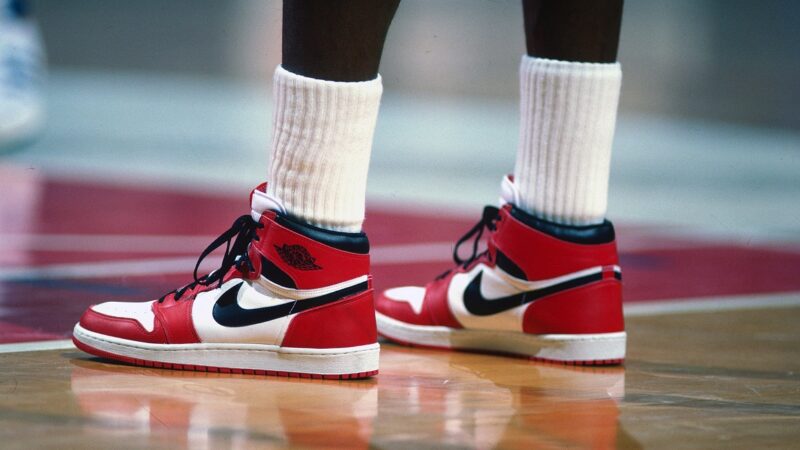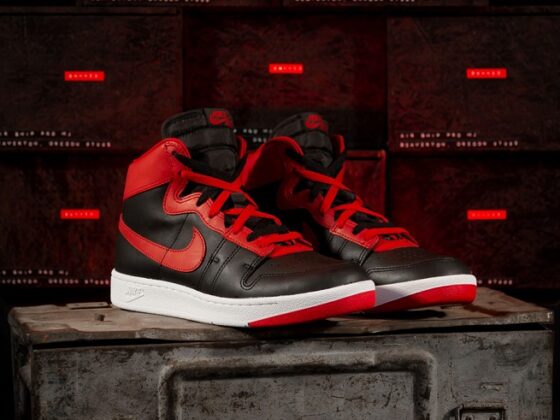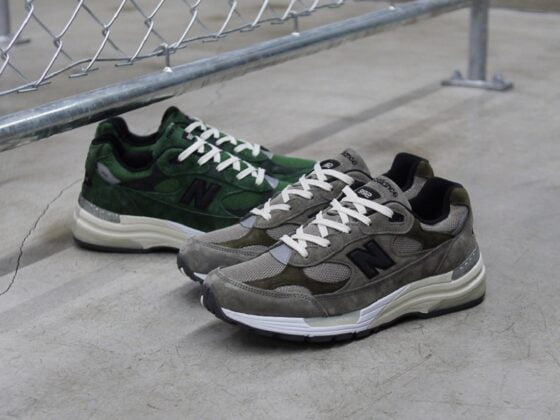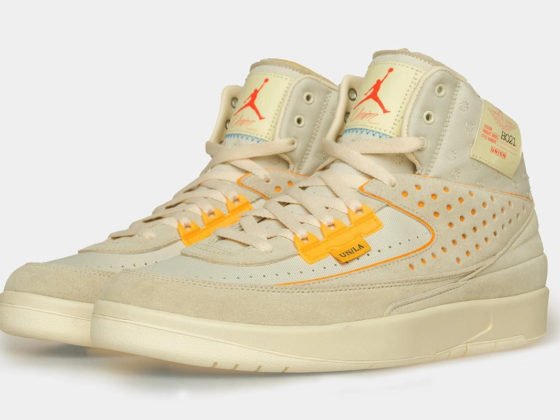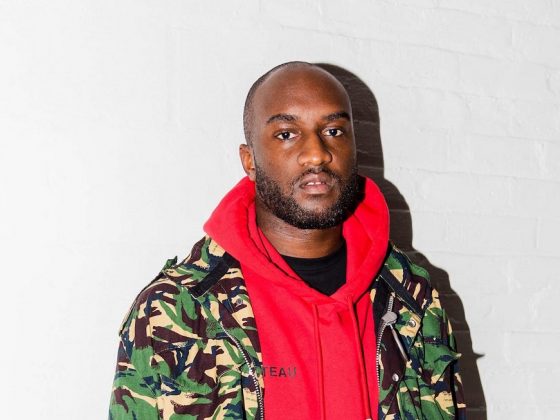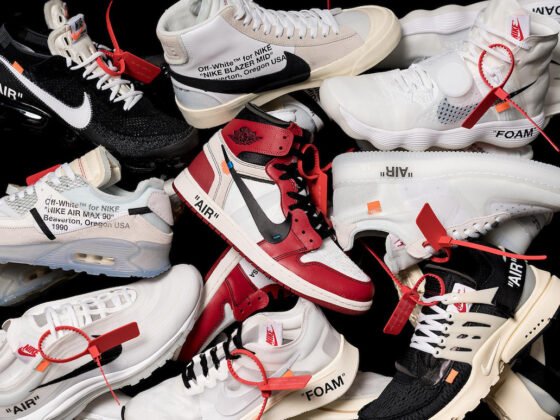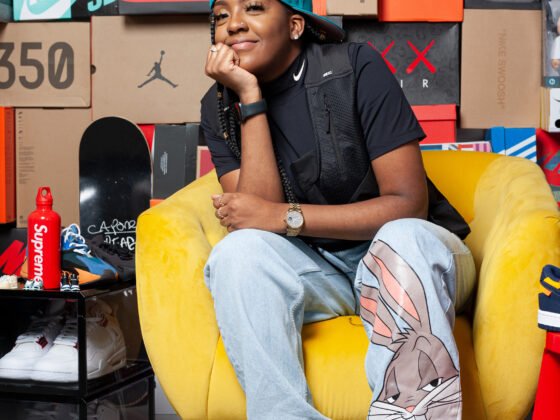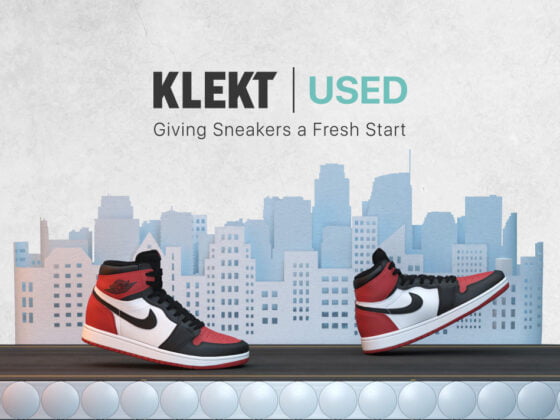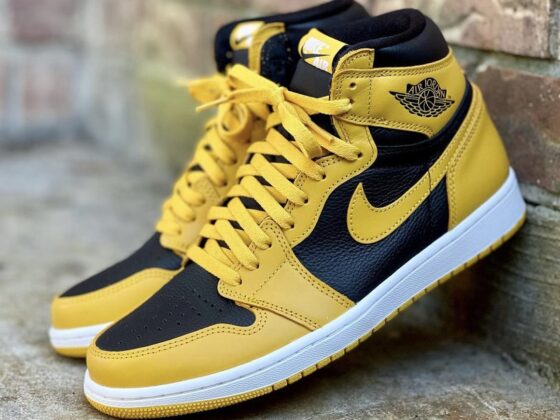The Air Jordan 1 is without a doubt one of the greatest shoes in history. Over the past 35 years, the Jordan 1 has become a legend in its own right. During that time, the basketball sneaker has been spotted on almost everybody, from musicians to metalheads and celebrities to skateboarders. More importantly, the Jordan 1 kickstarted what we know and love to be Jordan Brand to be today. However, it wasn’t as simple a story of success as you think.
For over three decades, the Jordan 1 has been a symbol of any sneakerhead. Whilst the Air Jordan 1 may be arguably the most iconic sneaker of all time, it was not one of Michael Jordan’s favourites. As many sneakerheads will know, the story behind the Jordan 1 is as much an important part in MJ’s career as his legacy with the Chicago Bulls. For the second instalment in our Behind the Design series, we’re delving deep into the past of the AJ1.
We’ll be teaching you about the story of the Air Jordan 1, from the design process to its importance in popular culture. Without further delay, this is everything you need to know about the Air Jordan 1.
New Kid On the Block
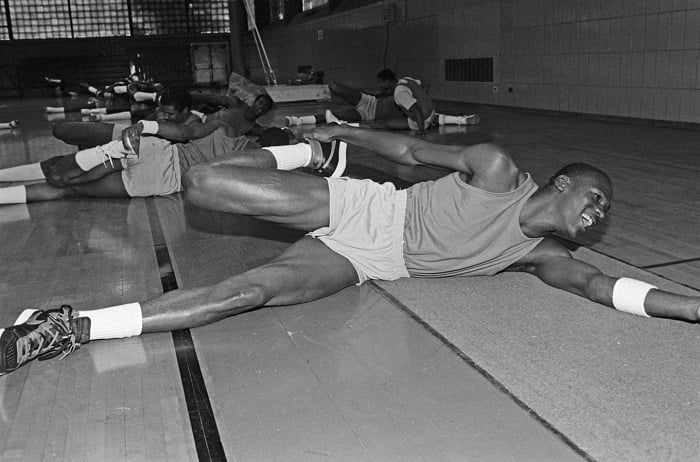
After arriving at the Chicago Bulls in 1984, Michael Jordan was hotly tipped to turn the struggling franchise around. Having proved himself as a key player for the University of North Carolina’s Tar Heels, the entire country was watching MJs. He had gained the interest of almost every major sports brand on the planet. Though His Airness was a fan of Converse during his school days, he did not envisage a signature contract working out with them as they already had Magic Johnson and Larry Bird as signature athletes.
Jordan was very close to signing with adidas but, yet again, was met with disappointment. During the mid-1980s, adidas was not interested in expanding its product offering to basketball, something that greatly upset Jordan. In the end, he would sign with Nike, accepting a $500,000 package that would see him get his own signature shoe. Though Jordan was not happy about it, he knew just how important this signature deal would be for his career in the long run.
The Design
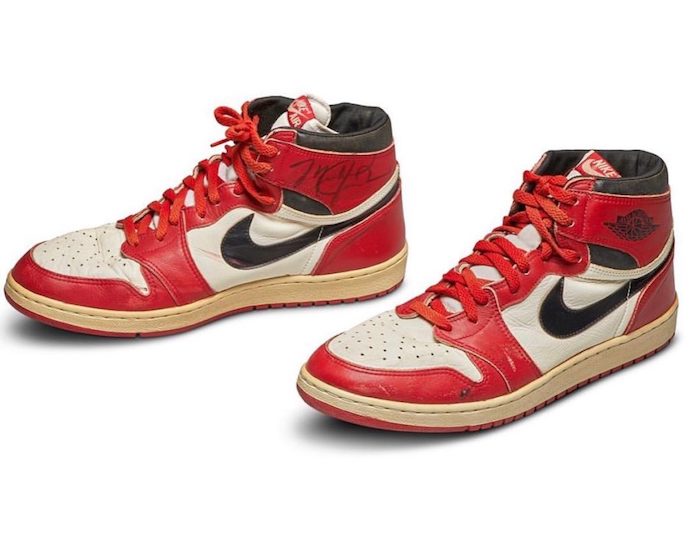
After signing with Nike, Michael Jordan had to wait for almost an entire year to get his first shoe. He was often spotted wearing the Nike Air Ship in his rookie season, which would eventually become the shoe that was banned by the NBA. That, of course, didn’t stop Nike from playing on the banned theme when it released the Air Jordan 1 (more on that later).
With Michael Jordan being such an asset to Nike’s set-up, Phil Knight, Nike’s founder, realised that Jordan’s first signature sneaker had to be big. Nike’s creative director, Peter C. Moore, landed the role of designing Jordan’s sneaker. Although there were little details provided by Jordan on how he wanted the sneaker to look, he did give Moore two things to work with: the sneaker needed to be lower cut than others and it had to be exciting.
A combination of supple leather, a large Nike Swoosh and adorned the athletic sneaker. The defining detail, however, was the Wings logo. Drawn on the back of a napkin by Moore, the Wings logo was the combination of Jordan and Nike. A basketball with wings featured the words “Air Jordan,” playing off Michael’s athletic ability and Nike’s Air Technology. Although Moore may have thought he pulled off a slam dunk, it wasn’t the case.
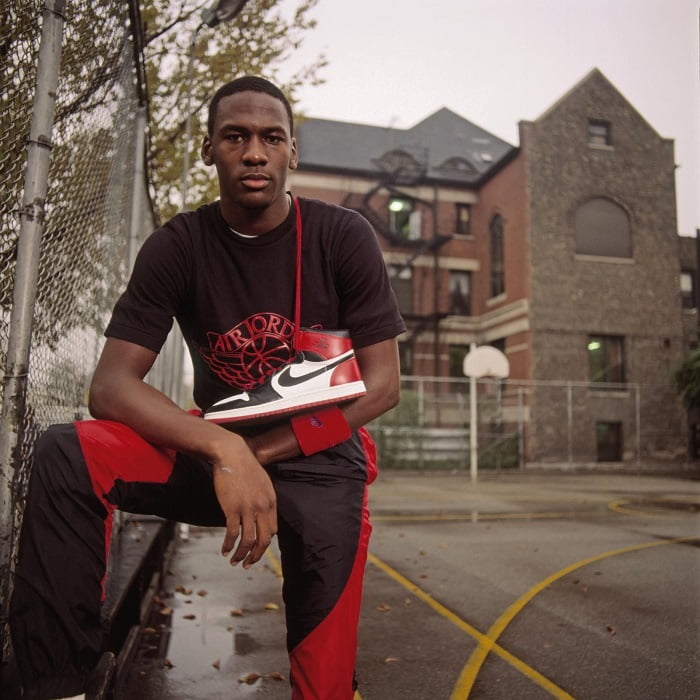
What Moore came back with was underwhelming for Jordan, to say the least. Jordan was not happy with the design, stating that he would look ridiculous on the court. Things had not got off to the best start. However, Jordan began to warm to the Air Jordan 1 over time. It’s a good job that he changed his mind. Eventually, Jordan would take to the court wearing the Air Jordan 1 and attract the attention of early sneakerheads.
It didn’t take long for the Air Jordan 1 to get noticed. Dropping in a number of colourways, the sneaker stood out above almost any other shoe on the court. As expected, a number of Chicago-themed versions dropped, giving Jordan a variety of colourways to choose from. The “Bred,” “Chicago,” and “Black Toe” would make up the pairs Jordan wore, but Nike also released a number of non-Chicago versions.
The Ban and Success
Having received a letter from NBA commissioner Russ Granik stating that the Air Ship did not adhere to the 51% rule, Jordan was told that he would be fined $5,000 every time that he wore the shoes on the court. The 51% rule states that 51% of a player’s shoes must match the uniform of his team, which the “Banned” Nike Air Ship did not. Nike took this and ran with it, putting out a marketing campaign in its history.
”On October 15, Nike created a revolutionary new basketball shoe,” the advert stated. “On October 18, the NBA threw them out of the game. Fortunately, the NBA can’t stop you from wearing them. Air Jordans. From Nike.”
It was a resounding success, with Nike quickly selling out its first-ever Air Jordan around the US. Retailing for a fairly expensive $65, Nike predicted that it would only sell 100,000 pairs. Nike would, in fact, go on to sell 3-4 million pairs, topping $55 million in sales in May 1985. The Air Jordan 1 was so popular that it had a waiting list way before its official release date of July 1st, making it one of the most sought after products in Nike’s history.
”It has been a great story in Chicago, and that we expected it to be, because of his basketball prominence in that city,” David Luhr, an account supervisor on the Nike account at Chiat/Day agency in Los Angeles, told the Chicago Tribune in May 1985. ”But Air Jordan has done extremely well in other markets as well, including New York and Los Angeles. ‘A lot of people obviously are wearing Air Jordan for basketball footwear, but we’re also finding that the shoe is not being worn exclusively playing the sport but rather as a `hip` shoe as something fashionable.” This was the start of early Air Jordan sneaker culture.
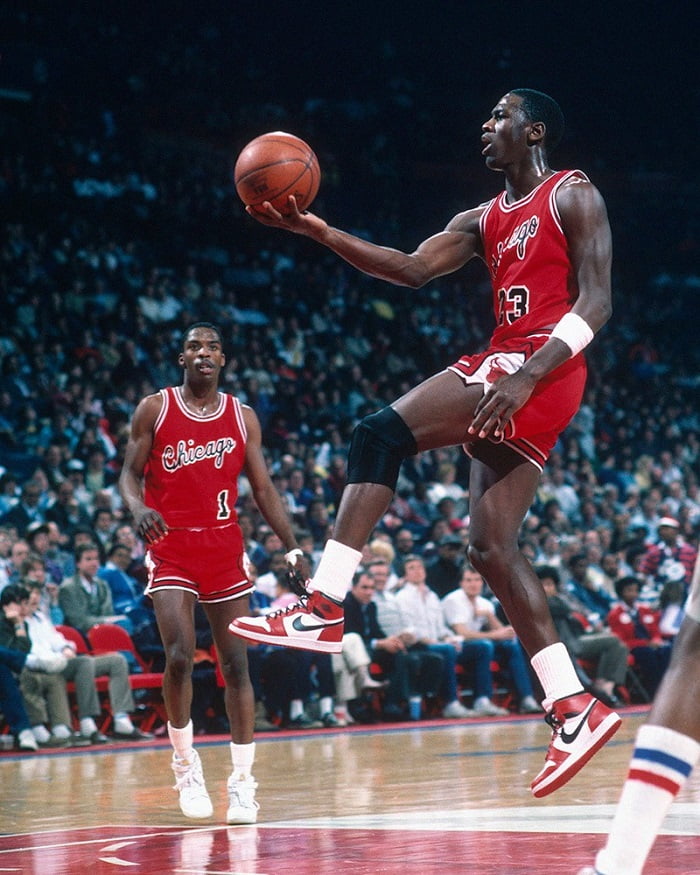
Final Thoughts
So, there you have it! That’s the design and success story of one of the most famous sneakers in Nike’s history. For almost 40 years, the Nike Air Jordan 1 has been a key shoe in the sneaker community. Its influence is undeniable, with Nike continuing to release collaborations and colourways of this classic design. Who knows how different the world of sneakers would have looked if Jordan had of left Nike.



